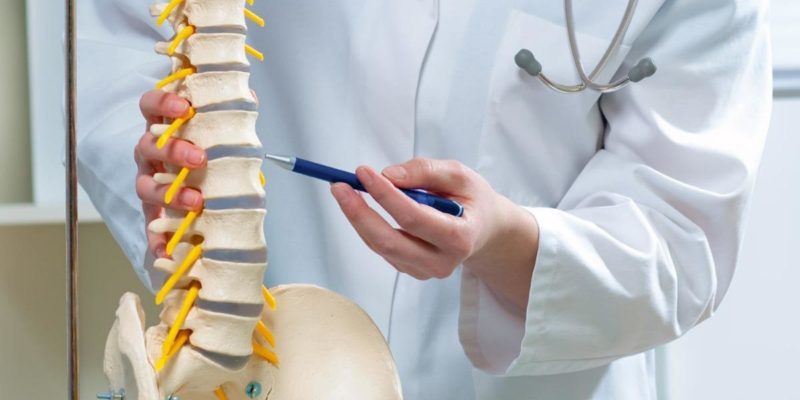Did you know that neurological conditions are a primary cause of disability in the world? They affect about 1 billion individuals in the world, affecting most of the body’s functions. However, they are not usually risky, and you can find effective treatments and restore your health.
If you suffer from any neurological condition, including lumbar spinal stenosis in Huntington, George Kakoulides, MD, can help. The board-certified neurosurgeon offers advanced and conservative treatments to improve your condition and restore your health. To learn more about their treatments, call their offices today to book your appointment.
What Is Lumbar Spinal Stenosis?
It is a condition that involves the narrowing of the spinal canal of your lower back. The spinal canal narrowing compresses the spinal nerves causing low back pain, numbness, and weakness.
What Causes Lumbar Spinal Stenosis?
It occurs when the spinal canal narrows due to an injury or degenerative disease taking up the space in the opening. Genetics may also cause spinal stenosis in some individuals.
The following degenerative conditions may cause lumbar spinal stenosis:
- Herniated disc
- Degenerative disc disease
- Bone spurs
- Bulging disc
- Degenerative spondylolisthesis
- Thickened ligaments
The above conditions lead to changes that may extend into the canal or cause misalignment of the vertebrae causing nerve compression and inflammation.
What Symptoms Are You Likely to Experience With Lumbar Spinal Stenosis?
When having lumbar spinal stenosis, you may experience symptoms such as:
- Pain that moves down your leg.
- Lower back pain.
- Leg weakness or fatigue.
- Tingling or numbness in your legs.
- Leg cramping.
- Leg pain may feel better when resting or bending forward.
What Are the Treatments for Lumbar Spinal Stenosis?
During your consultation, your provider inquiries more about your symptoms and conducts a physical exam. Your doctor may request imaging tests for further diagnosis, including X-rays, CT, and an MRI.
After finding the results, he develops a personalized treatment to address your specific concerns. Your treatment plan, however, depends on the severity of your symptoms. Dr. Kakoulides uses both conservative and surgical techniques to treat lumbar spinal stenosis.
Non-surgical treatments may include:
- Medications such as antidepressants, pain relievers, opioids, and anti-seizure drugs.
- Physical therapy.
- Steroid injections.
- Decompression procedure.
When your condition does not improve with the above treatments, Dr. Kakoulides recommends surgery to decompress the nerves. Some of the procedures he performs include:
Lumbar laminectomy
The lumbar laminectomy procedure involves removing a part of the bone and ligaments to increase the size of the spinal canal and remove pressure from the nerves. This procedure is a regular surgical treatment for lumbar spinal stenosis.
In addition, you may require a spinal fusion procedure after a lumbar laminectomy to enhance spinal stability.
X-STOP Interspinous Spacer
Each vertebra has a bony piece that sticks out from its back, known as the spinous process. X-stop is a tiny device designed to fit and insert between the spinous processes of two adjoining vertebrae.
Dr. Kakoulides performs a minimally invasive procedure to place the X-STOP device between the two vertebrae, increasing space thus decompressing the nerves.
Consult a Neurosurgeon Today
If you experience pain in your lower back that radiates down your legs, you might consider talking to George Kakoulides. Call them today to schedule or book your consultation online.













Comments